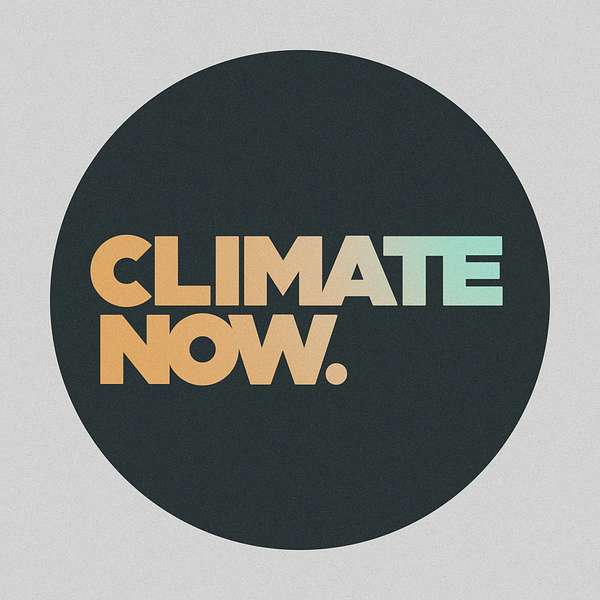
Climate Now
Explaining the key scientific ideas, technologies, and policies relevant to the global climate crisis. Visit climatenow.com for more information, video series, and events.
Climate Now
Can oceans save us? Part III: The laws of the sea
International waters don’t belong to anybody, but everybody is connected to them. Like the global burden created by greenhouse gas emissions from any one country, company or individual, what a single country or corporation chooses to put into the ocean as a climate change solution could be felt by the global community, if it turns out to have negative consequences on ocean chemistry or ecosystems.
In this final installment of our deep dive into the potential and risks of ocean carbon dioxide removal (CDR) techniques, we consider how this nascent industry should be monitored and regulated. We will take a look at the existing international legal frameworks relevant to ocean CDR - how they originated, how they apply, who is responsible for enforcing them, and what oversight needs to be put in place before these technologies start to scale up.
Follow us on Twitter, LinkedIn, Facebook, and Instagram.
Contact us at contact@climatenow.com
Visit our website for all of our content and sources for each episode.